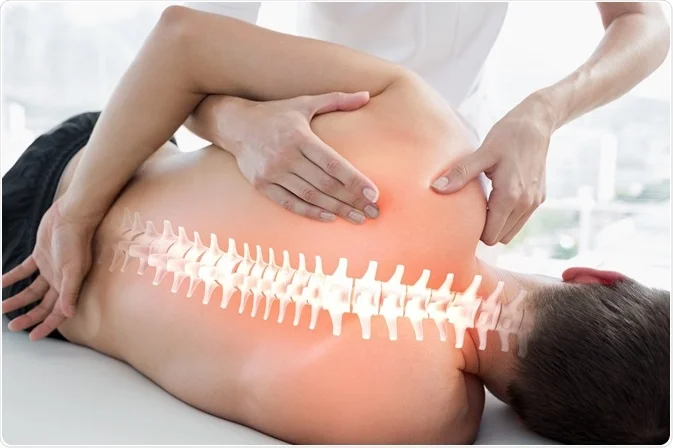- DEPARTMENT
- MEDICAL ONCOLOGY
- SURGICAL ONCOLOGY
- NEPHROLOGY
- UROLOGY
- MEDICAL GASTROENTEROLOGY
- SURGICAL GASTROENTEROLOGY
- NEUROLOGY
- NEURO SURGERY
- PEDIATRIC SURGERY
- PLASTIC SURGERY
- CARDIOLOGY
- GENERAL SURGERY
- ORTHOPEDICS
- OBSTETRICS & GYNECOLOGY
- GENERAL MEDICINE
- PEDIATRICS
- PULMONOLOGY
- DERMATOLOGY
- ENT
- MAXILLOFACIAL SURGEON
- DENTAL SCIENCES
- ANAESTHESIA & CRITICAL CARE
- EMERGENCY MEDICINE & TRAUMA
- PAIN MANAGEMENT
- PATHOLOGY
- PHYSIOTHERAPY

PHYSIOTHERAPY
Physiotherapy, also known as physical therapy, is a healthcare profession focused on helping individuals restore and maintain optimal physical function, mobility, and quality of life. Physiotherapists utilize a variety of techniques, exercises, and modalities to assess, diagnose, and treat musculoskeletal, neurological, cardiopulmonary, and other health conditions. In this comprehensive guide, we will delve into the principles, techniques, clinical applications, and evolving role of physiotherapy in modern healthcare.
Historical Evolution
Early Beginnings
The origins of physiotherapy can be traced back to ancient civilizations, where manual therapy, exercise, and massage techniques were used to alleviate pain, restore function, and promote healing. Ancient Greek, Roman, Chinese, and Indian cultures recognized the therapeutic benefits of physical activity, hydrotherapy, and manual manipulation in treating musculoskeletal injuries, neurological disorders, and chronic conditions.
Emergence of Modern Physiotherapy
The modern practice of physiotherapy began to take shape in the late 19th and early 20th centuries, influenced by advancements in medical science, rehabilitation, and physical education. The establishment of the Chartered Society of Physiotherapy in the United Kingdom in 1894 and the American Physical Therapy Association in the United States in 1921 formalized the profession and set standards for education, training, and practice.
Treatment Modalities
Therapeutic Exercise
Therapeutic exercise is a core component of physiotherapy interventions, involving the prescription of specific exercises, stretches, and movement patterns to improve strength, flexibility, endurance, and neuromuscular control. Physiotherapists design individualized exercise programs based on patients’ impairments, goals, and functional abilities, incorporating progressive loading, resistance training, cardiovascular conditioning, and proprioceptive training to optimize musculoskeletal function and performance.
Manual Therapy
Manual therapy techniques involve hands-on manipulation, mobilization, and soft tissue techniques applied to joints, muscles, ligaments, and fascia to reduce pain, restore joint mobility, and improve tissue flexibility. Common manual therapy techniques include joint mobilization, spinal manipulation, soft tissue massage, myofascial release, trigger point therapy, and neural mobilization, which aim to address musculoskeletal dysfunctions, alleviate stiffness, and enhance tissue healing.
Modalities and Physical Agents
Modalities and physical agents are adjunctive treatment techniques used in physiotherapy to modulate pain, promote tissue healing, and enhance therapeutic effects. Modalities such as heat therapy, cold therapy, ultrasound, electrical stimulation, traction, and laser therapy deliver targeted energy sources to affected tissues, increasing blood flow, reducing inflammation, and promoting tissue repair. Physiotherapists select appropriate modalities based on patients’ clinical presentations, tissue characteristics, and treatment goals to optimize therapeutic outcomes.
Cardiovascular and Pulmonary Rehabilitation
Cardiovascular and pulmonary rehabilitation programs are designed to improve cardiovascular fitness, respiratory function, and functional capacity in patients with heart disease, lung conditions, or cardiopulmonary limitations. Physiotherapists prescribe aerobic exercises, breathing techniques, and endurance training to enhance cardiovascular conditioning, optimize oxygenation, and reduce dyspnea, facilitating safe and gradual return to physical activity and functional independence.
Pain Management Strategies
Pain management strategies in physiotherapy focus on reducing pain intensity, improving pain coping skills, and enhancing functional ability in patients with acute or chronic pain conditions. Physiotherapists employ various techniques such as manual therapy, therapeutic exercise, modalities, cognitive-behavioral strategies, and patient education to address nociceptive and neuropathic pain mechanisms, promote tissue healing, and empower patients to self-manage their pain effectively.
Clinical Applications
Orthopedic Physiotherapy
Orthopedic physiotherapy focuses on the assessment, diagnosis, and treatment of musculoskeletal injuries, conditions, and postoperative rehabilitation. Physiotherapists work with patients with orthopedic conditions such as fractures, sprains, strains, osteoarthritis, rheumatoid arthritis, and postural abnormalities to reduce pain, restore joint mobility, improve muscle strength, and facilitate return to function and activities of daily living.
Neurological Physiotherapy
Neurological physiotherapy addresses impairments, activity limitations, and participation restrictions in patients with neurological disorders, including stroke, traumatic brain injury, spinal cord injury, multiple sclerosis, Parkinson’s disease, and cerebral palsy. Physiotherapists focus on optimizing motor control, balance, gait, coordination, and functional independence through neurorehabilitation techniques, task-specific training, and activity-based interventions tailored to patients’ neurological deficits and goals.
Cardiovascular and Pulmonary Physiotherapy
Cardiovascular and pulmonary physiotherapy specializes in the management of patients with heart and lung conditions, including coronary artery disease, chronic obstructive pulmonary disease (COPD), asthma, heart failure, and pulmonary rehabilitation. Physiotherapists prescribe exercise programs, breathing exercises, airway clearance techniques, and oxygen therapy to improve cardiovascular fitness, respiratory function, dyspnea management, and quality of life for patients with cardiopulmonary disorders.
